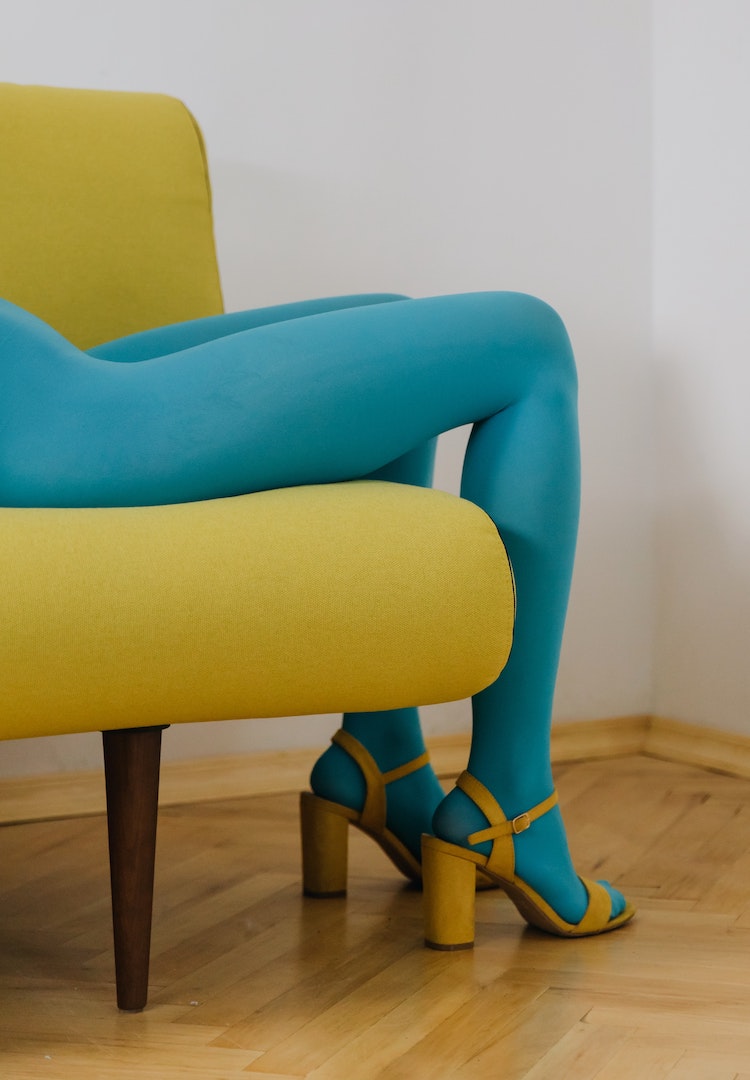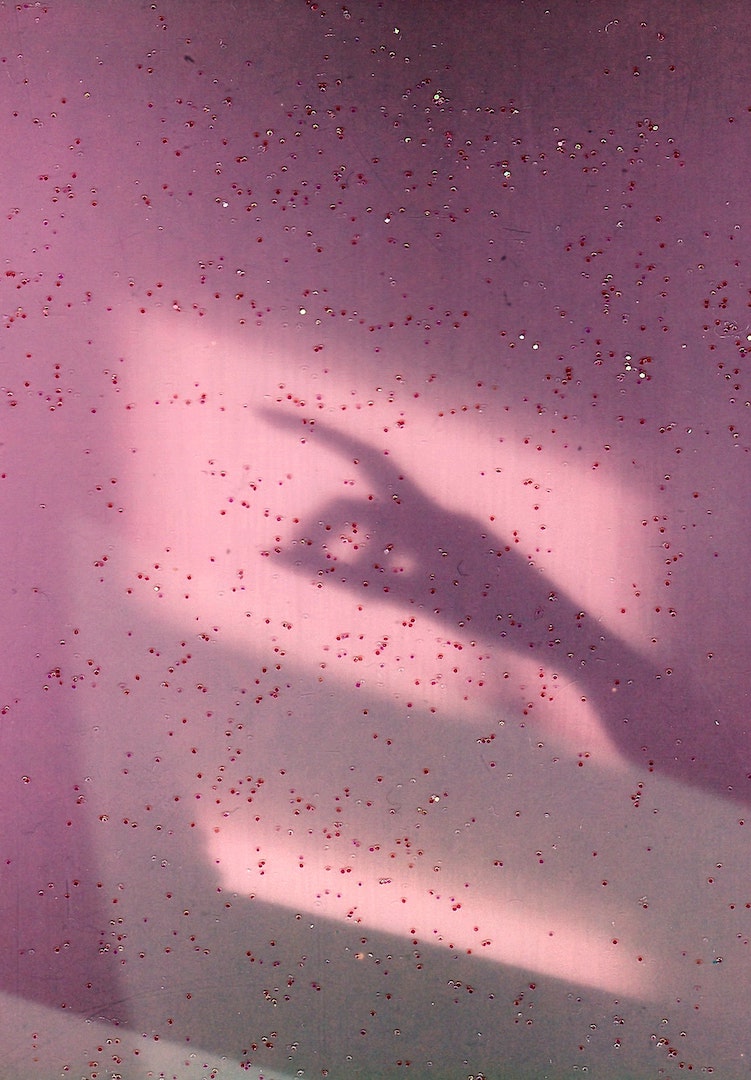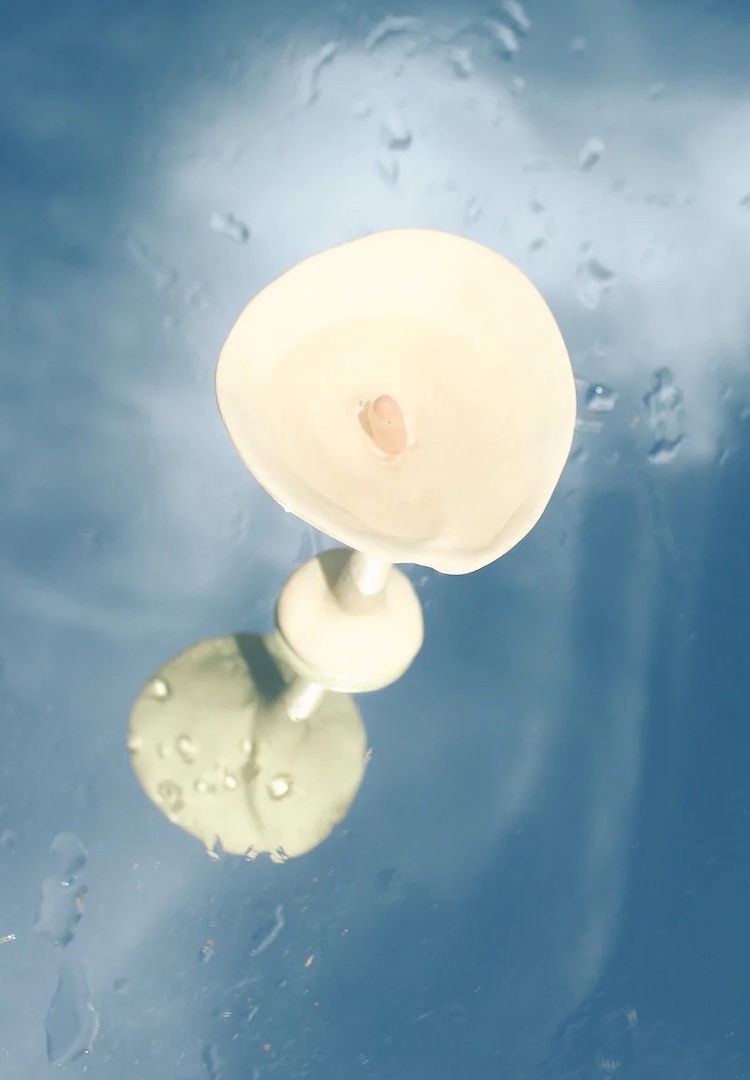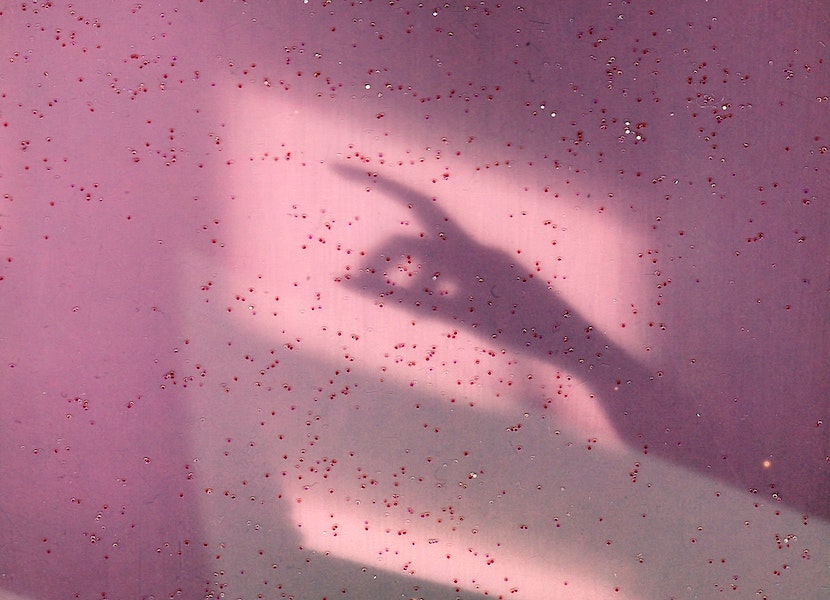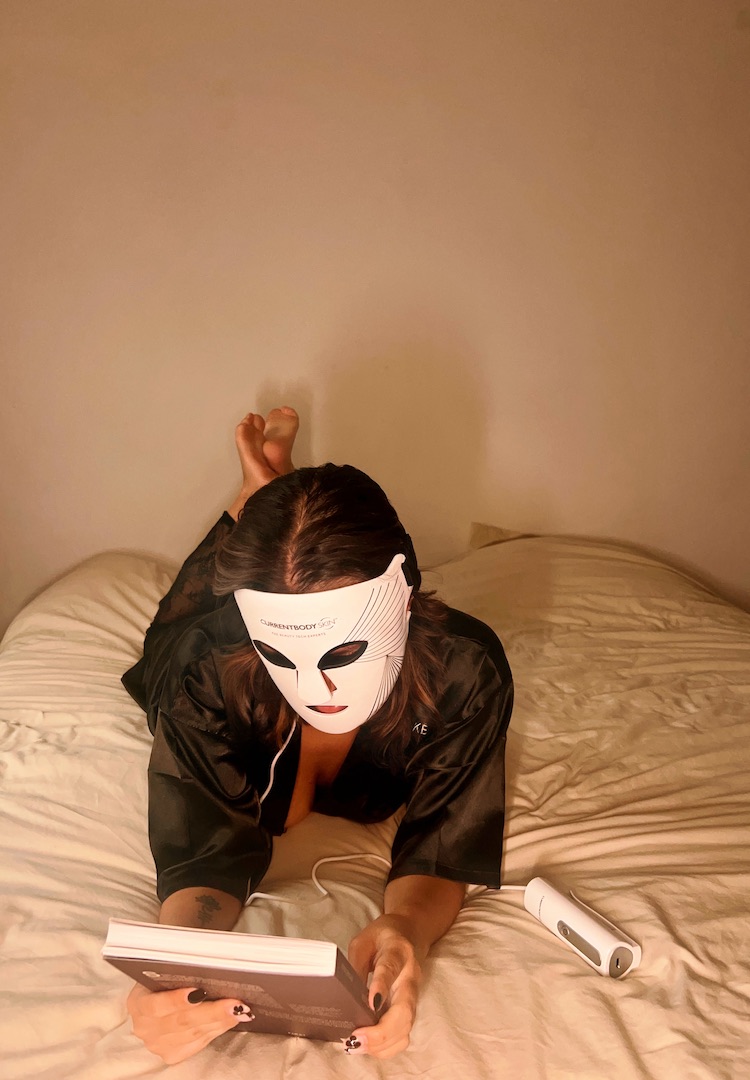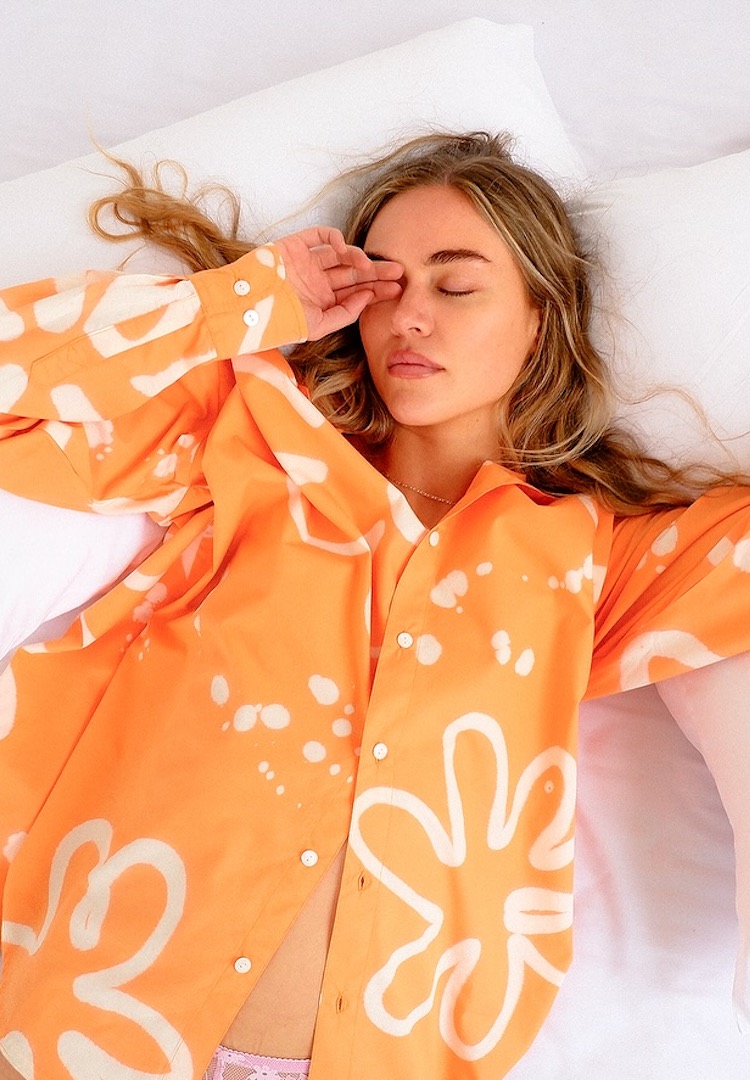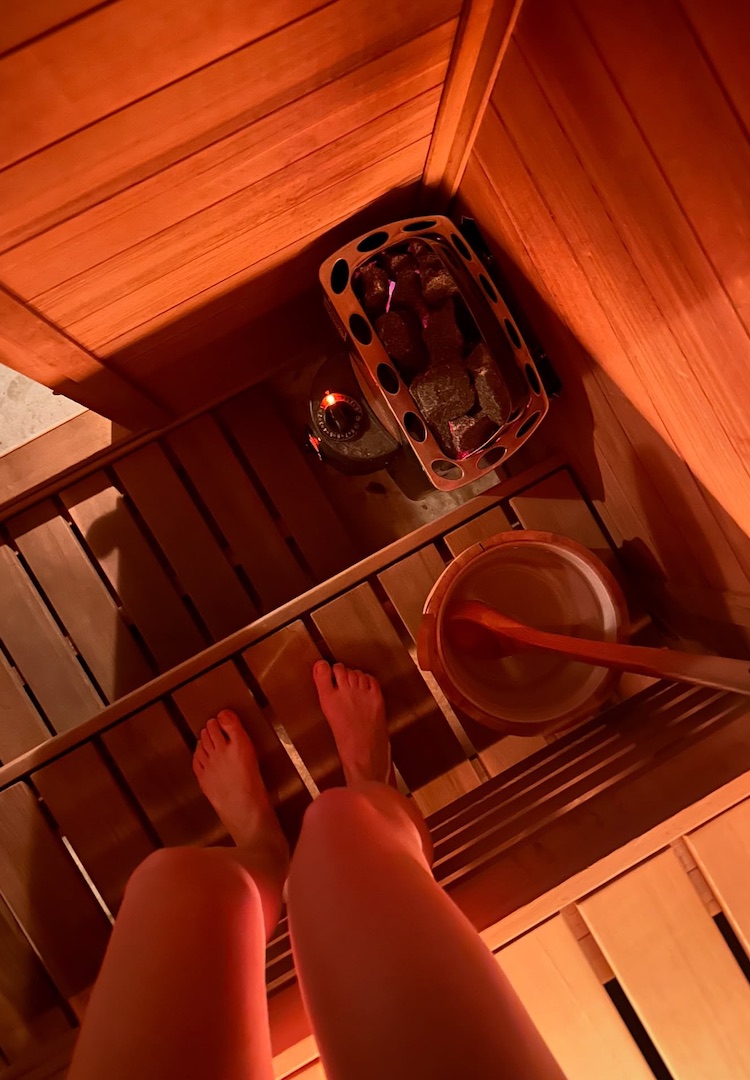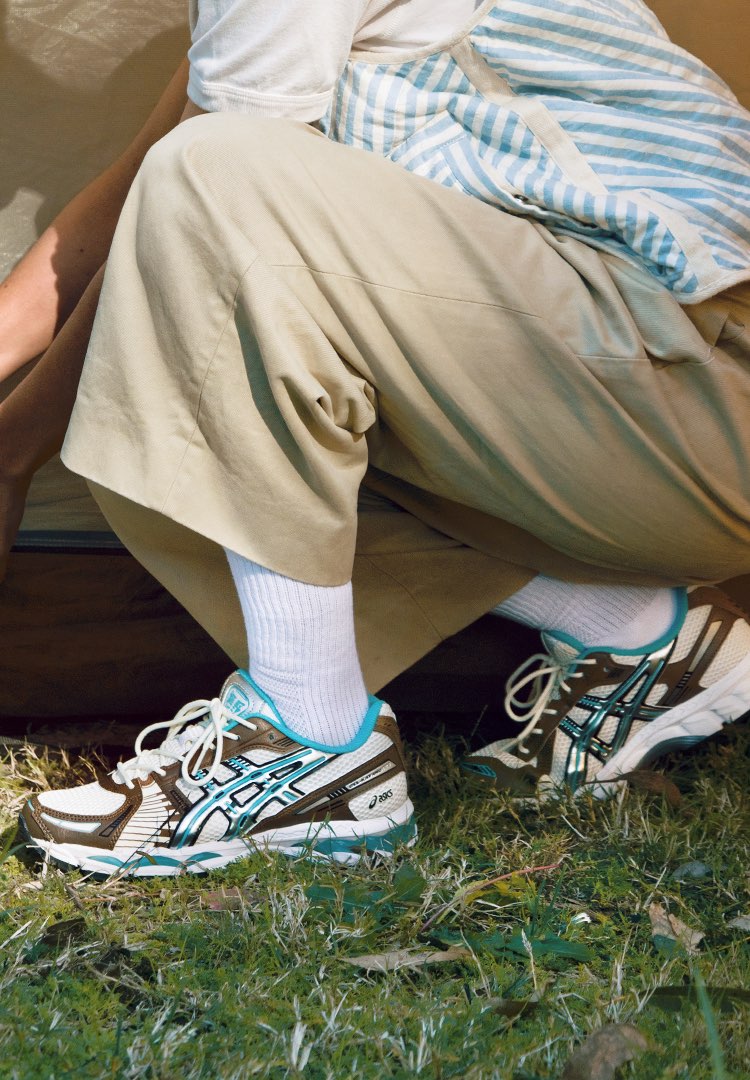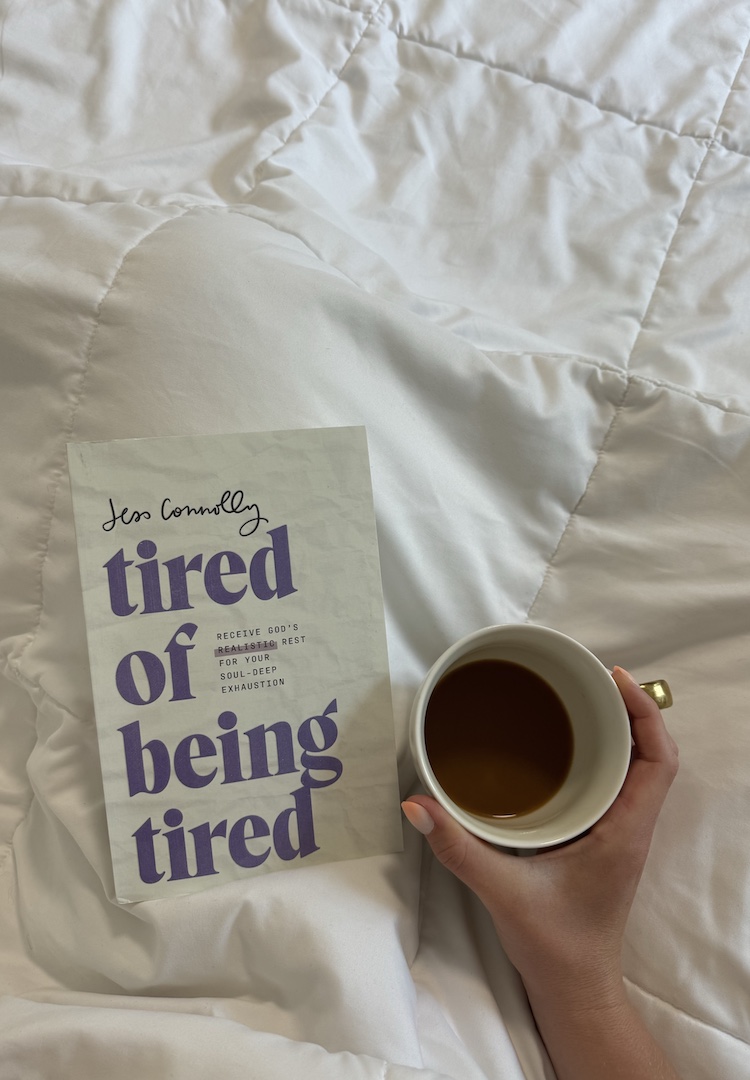Can red lighting really improve my sleep? I tested it to find out
WORDS BY HANNAH COLE
Halt late-night TikTok scrolling, optimise reading time and get back in sync.
Sleep has always been relatively kind to me, but the chillier months tend to torment my slumber. I could stay in bed forever. The alarm buzzes and I reset it at least three times, hoping to never leave my cocoon, then waste the day away in semi-lethargy.
A recurring joke has taken hold in my house over the last two weeks. Apparently, I’m similar to an anglerfish – the deep-sea creature with an underbite and a bulb of light dangling delicately in front of its face (although far less spooky and otherworldly, I hope).
Kickstart your wellness journey over at our Health section.
The joke stemmed from my newly acquired miniature red light device, intended to maximise sleep and halt this hibernation cycle. My clip-on light radiates a warm glow, and it’s a tool that supposedly assists in winding down, blocking blue light and triggering sleep. So how does it stack up?
The science behind red lights
Blue light, which is emitted from both the sun and our multiple electronic devices, is associated with wakefulness and alertness, naturally keeping us functioning throughout the day.
Red light, on the other hand, is linked to relaxation and winding down, with lower energy and longer wavelengths. Working in tandem, the two make for a natural circadian rhythm, keeping us active during daylight hours and peacefully slumbering at night – the way things were meant to be.
Of course, our love-hate relationship with technology has abrupted the traditional sleep cycle. Excessive exposure to artificial blue light, particularly in the evening, is linked to a suppression of melatonin production (the sleep hormone), negatively impacting our sleep.
This is where the call for red light (or blue-light blocking). To stay up long past sunset, as we so often do, we require artificial light. The downfalls of this are strained and tired eyes, prolonged alertness and difficulty drifting into slumber are the downfalls. Red lighting is the antidote, packaged in a lamp-like package.
Although the research varies, advocates swear by red lighting’s effects. So I pick up my clip-on light to help halt late-night TikTok scrolling, optimise my reading time and get back in sync, baby. Here goes nothing.
Does it work?
I start my nightly process (teeth brushed and face done – pyjamas were pulled on hours ago, thank you), nestling myself in bed, sitting upright with the light clipped to my book. It’s dim but it’s just right, reaching far enough to take in the words on the page and nothing more. My long-legged greyhound lies next to me. Half an hour like this, and my eyes are begging to close.
A blaring alarm wakes me – still snoozed a few times, despite my red light usage. It seems to have worked a treat for my sleepy dog though, who has miraculously stayed in her own bed through the night. Although the effects are hard to measure in my sleep, I’ve become a little attached to this tiny beam.
Reading has always been part of my wind-down routine, and this bendable contraption has only made it more enjoyable, peaceful and cosy. That red light instantly changes the mood – it feels calm and warm and forces you to get away from the screens. The shock of a blue screen disrupts the scenario so much that I’d honestly rather do without it.
Reviewers of this Bon Charge device cite its benefits in the morning too, as a way to peacefully wake up before the sun. My typical early rising is hardly relaxing, waking up with the sound of the bathroom’s fan and bright white light – so anything is worth a try to protect my sanity.
With just enough light to carry out my early morning rituals, the half-hour getting ready was quiet and refreshing – it was a gentle ease into the day. Difficult for contact-lens application, but perfect in all other regards. It’s a little woo-woo (something I’m partial to), and after two weeks of use, I’m not entirely convinced.
Evidence aside, it’s a practice that simply feels nice, and one I’m planning on integrating into both my morning and evening routines. It’s a friendly tool, particularly in cold weather when all I want to do is curl up into a ball, get under the covers, and finish the many books sitting by my bedside.
The illusion of warmth and the prompt to slow down are worth the $40 I spent. I am a lizard in a warming tank, a lonely anglerfish and a sleepyhead buried deep into a book.
For more on red-light therapy for sleep, head here.

